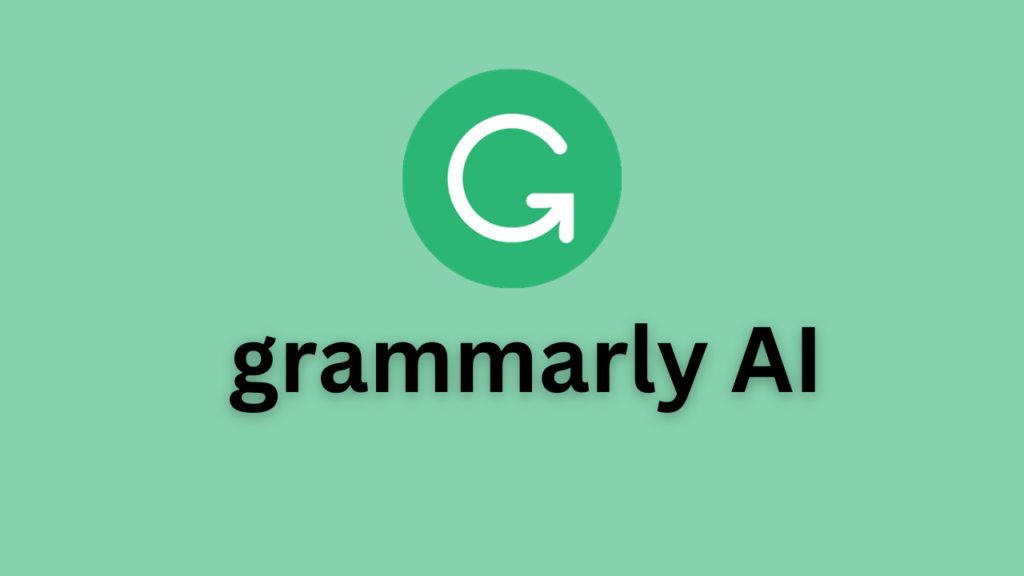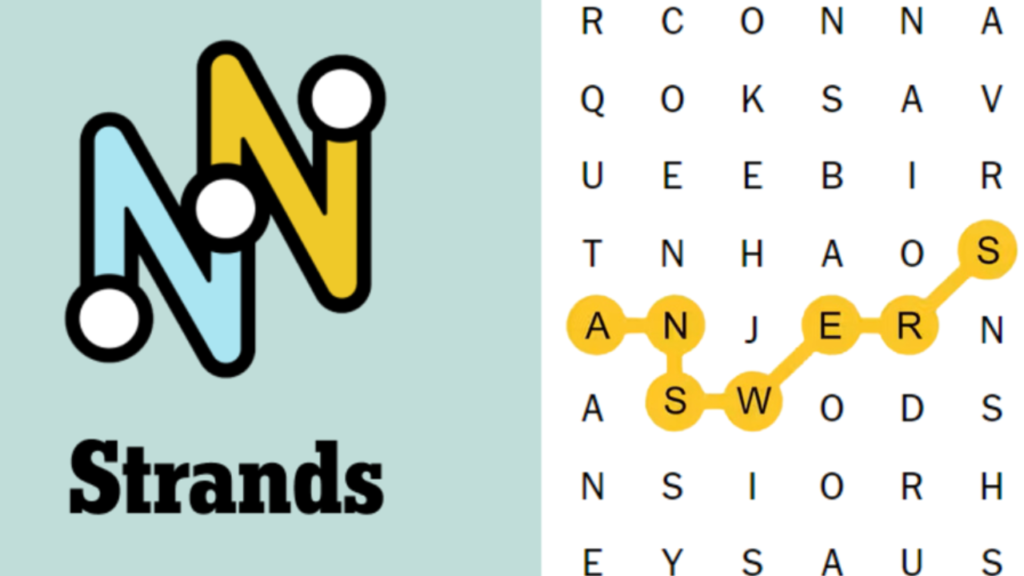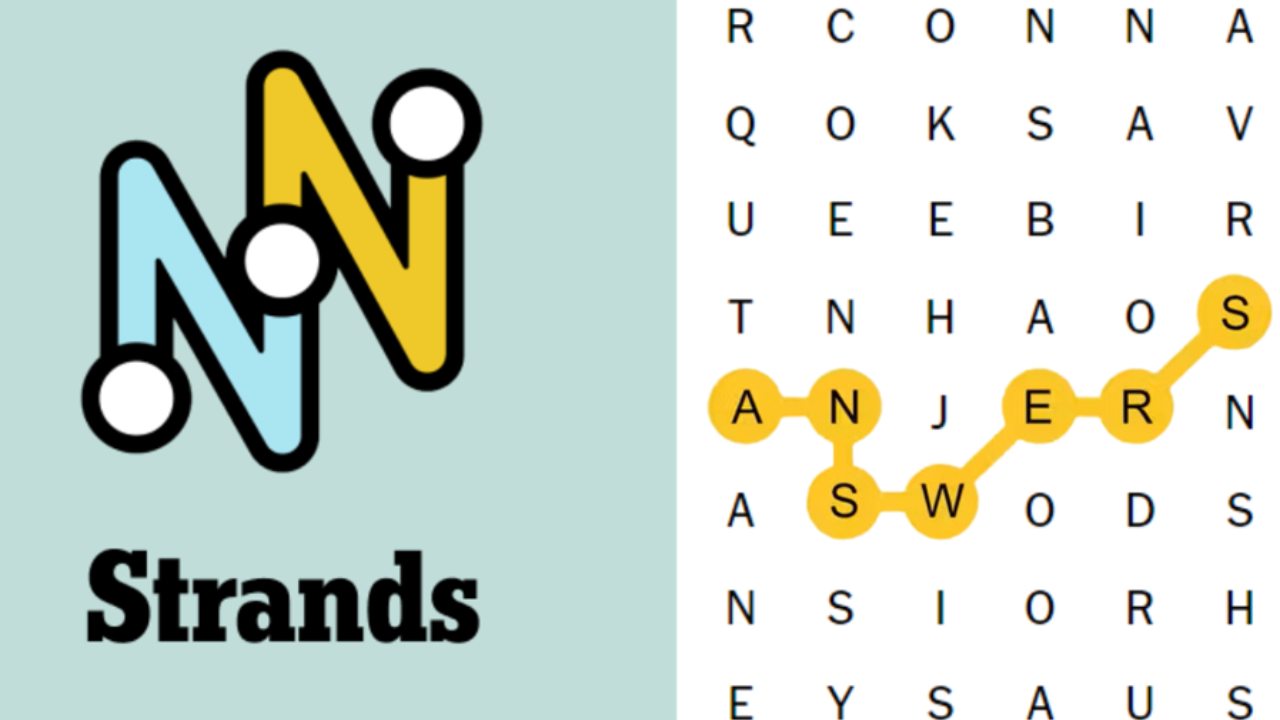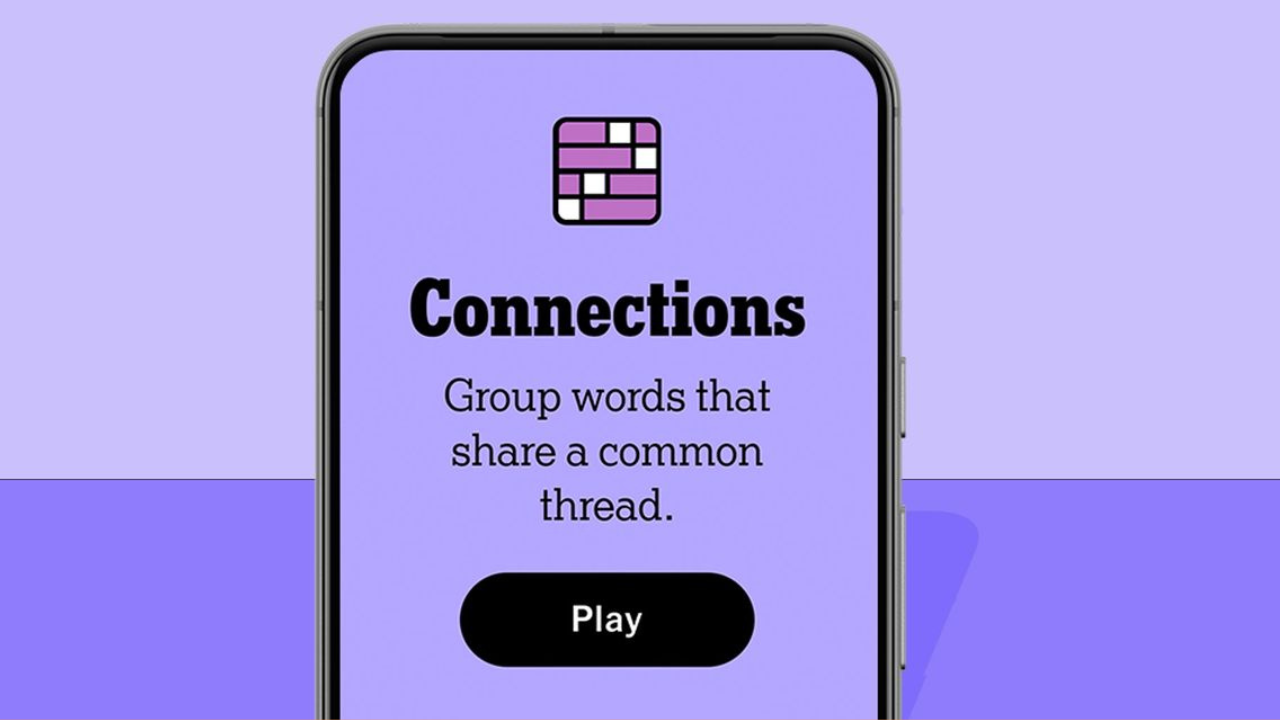Grammarly is expanding beyond its well-known writing assistance features to introduce AI tools that do more than just enhance your writing. This week, the company unveiled a new feature, Grammarly Authorship, now available in beta on Google Docs. The tool is specifically designed to help educators identify whether a piece of text has been written by a student or generated by AI, marking a significant step in addressing the growing concerns around AI use in academic writing.
The Growing Challenge for Educators
Educators and policy makers have long grappled with the challenge of detecting AI-generated content in student work. The rise of ChatGPT and similar AI writing tools has made traditional detection methods increasingly unreliable. The situation is further complicated by issues such as false positives and the difficulty of distinguishing between AI-generated text and that written by students, particularly those for whom English is a second language.
Grammarly Authorship aims to address these issues with a unique approach. Unlike other AI detection tools that analyze a text post-creation, Grammarly Authorship monitors the writing process in real-time. This allows the tool to differentiate between text that is typed, pasted, or generated by an AI, providing a more accurate assessment of the text’s origin. The feature is set to integrate with over half a million applications and platforms, focusing primarily on writing tools like Google Docs, Microsoft Word, and Apple’s Pages.
How Grammarly Authorship Works
The tool’s ability to track the writing process as it happens is what sets it apart. Whether text is typed, copied, or created by AI—such as Google Gemini or Microsoft’s Bing AI—Grammarly Authorship can detect it. It generates a report that categorizes sections of the document as either manually written, AI-generated, or pasted from another source. For even greater transparency, the tool offers a replay feature that shows the document’s development, step by step.
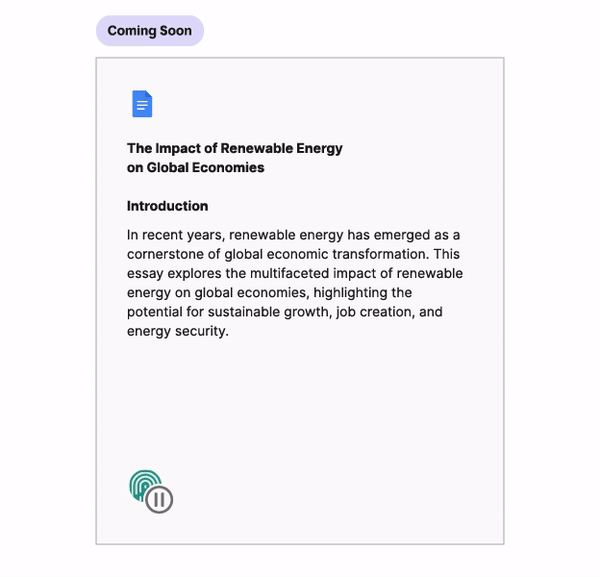
While Grammarly Authorship is available for individual purchase, its primary market is clearly within the education sector. The use of AI in academic writing has become a contentious issue, with some students admitting to using AI tools to write their papers undetected, leading to wrongful accusations by teachers.
Jenny Maxwell, Head of Grammarly for Education, highlighted the challenges faced by educational institutions, noting, “As the school year begins, many institutions lack consistent and clear AI policies, even though half of people ages 14–22 say they have used generative AI at least once.” She emphasized that this lack of clarity has led to an overreliance on flawed AI detection tools, creating tension between educators and students when papers are flagged as AI-generated. According to Maxwell, Grammarly Authorship could change that by providing a clear, evidence-based way for students to demonstrate how they composed their work, including any interaction with AI tools.
Challenges and Potential Concerns
However, the effectiveness of Grammarly’s new tool will depend on its performance in real-world educational settings and whether educators choose to trust its findings. The tool is also entering a competitive landscape, with OpenAI and others working on their own solutions for detecting AI-generated content. OpenAI, for instance, has experimented with embedding a kind of watermark in AI-generated text to help identify it, though earlier efforts were not successful, leading to the shutdown of its first AI text detector within six months.
Despite the promise of a tool like Grammarly Authorship, there are privacy concerns that may deter some users. Students might be uncomfortable with the idea of having their writing process scrutinized in such detail, preferring to keep the messiness of drafting private. The tool’s capacity to replay the writing process could make some feel as though their work is being overly monitored, akin to taking an exam under the watchful eye of a proctor. This could lead to a situation where even innocent actions during the writing process are viewed with suspicion.
Grammarly’s new feature has the potential to reshape the landscape of academic writing by offering educators a powerful new tool to ensure the authenticity of student work. However, its success will hinge on its adoption and effectiveness in practice, as well as its ability to balance the need for transparency with respect for student privacy.




